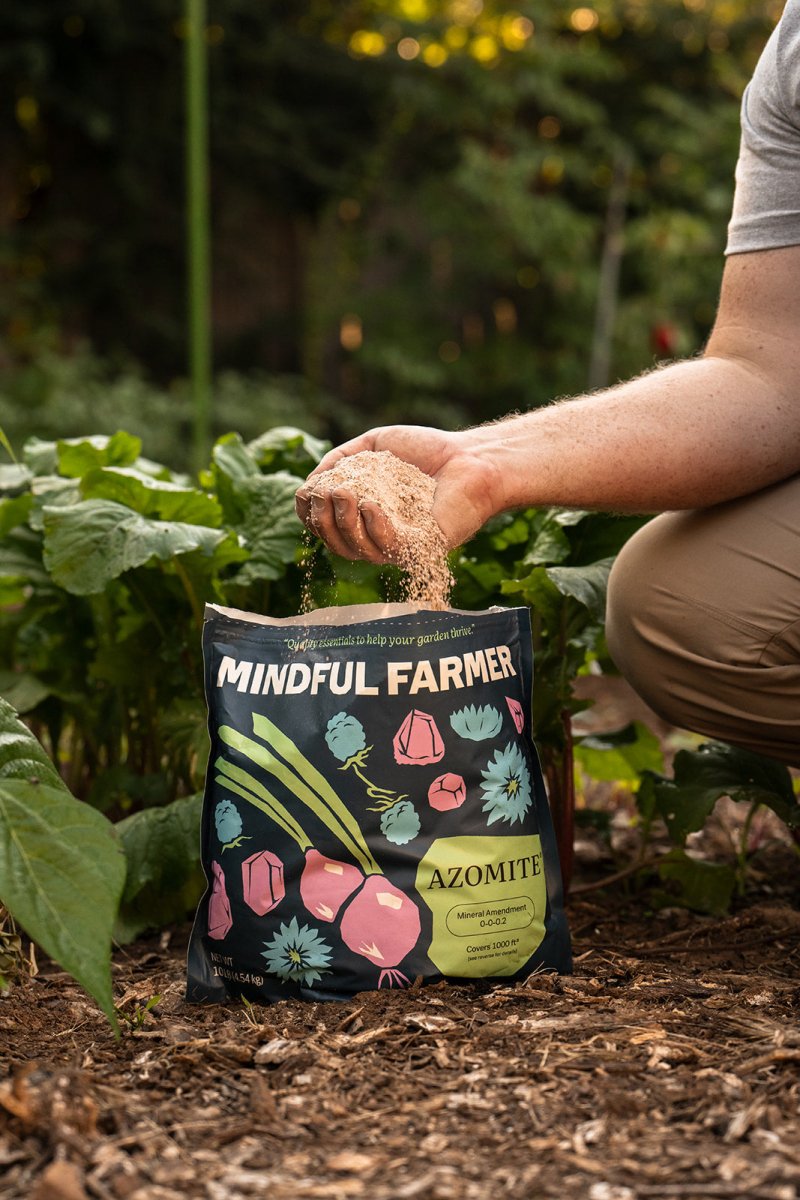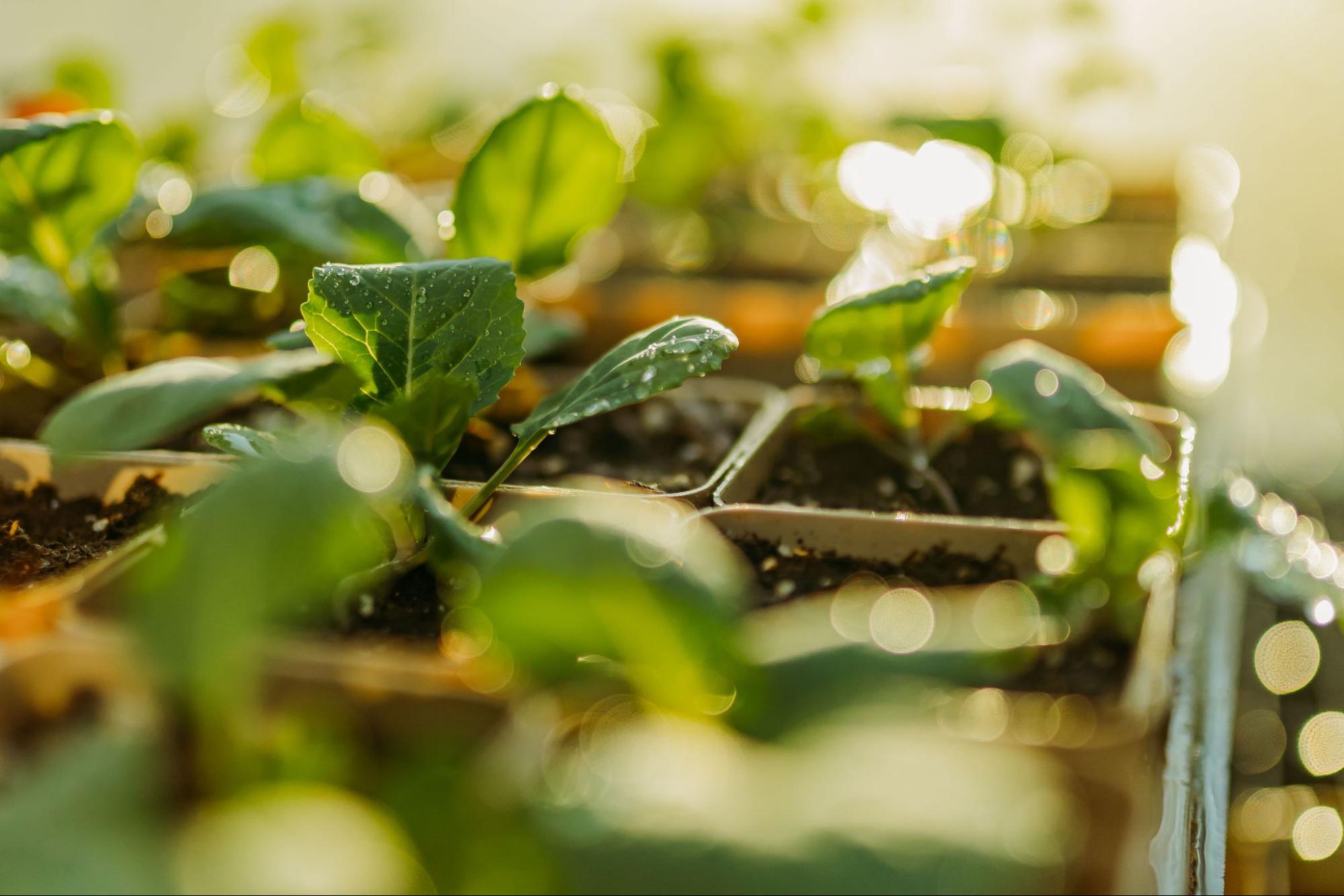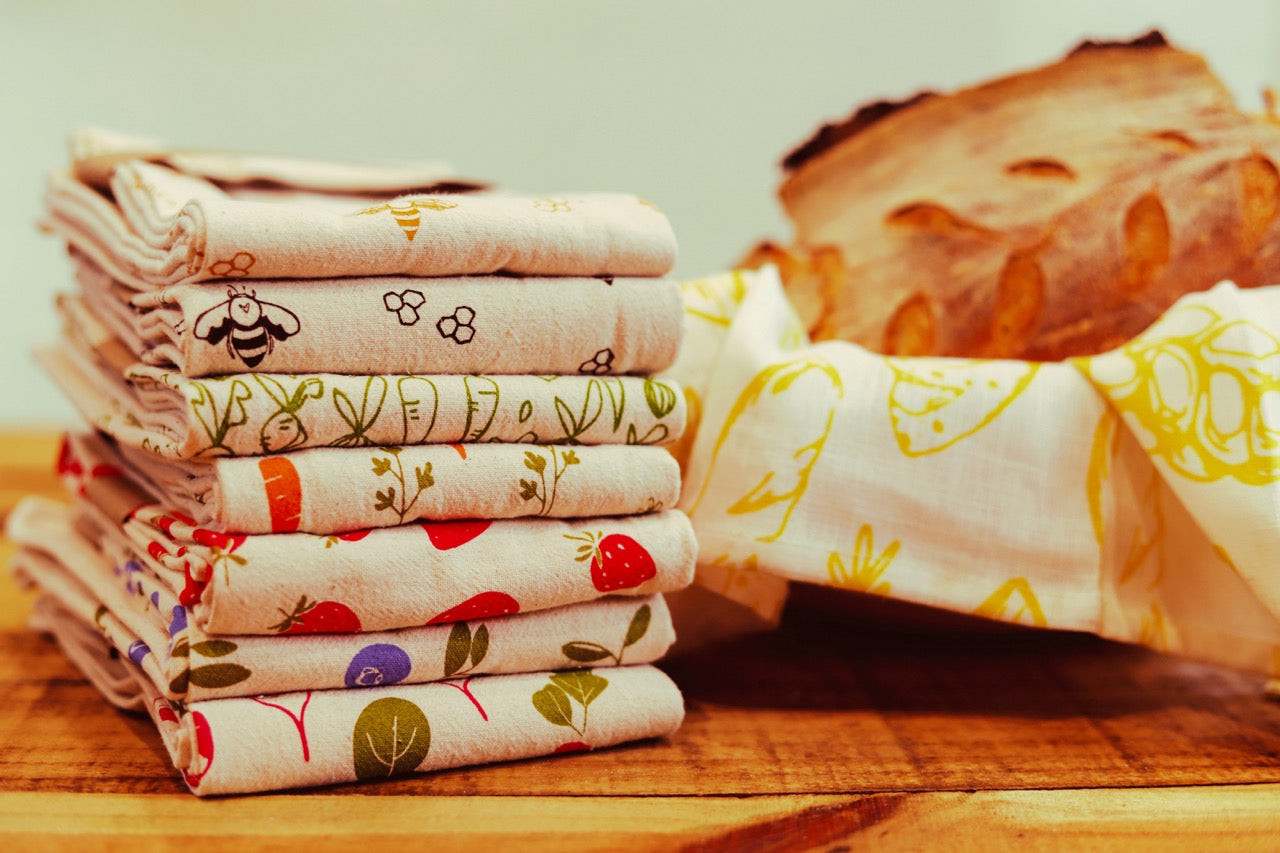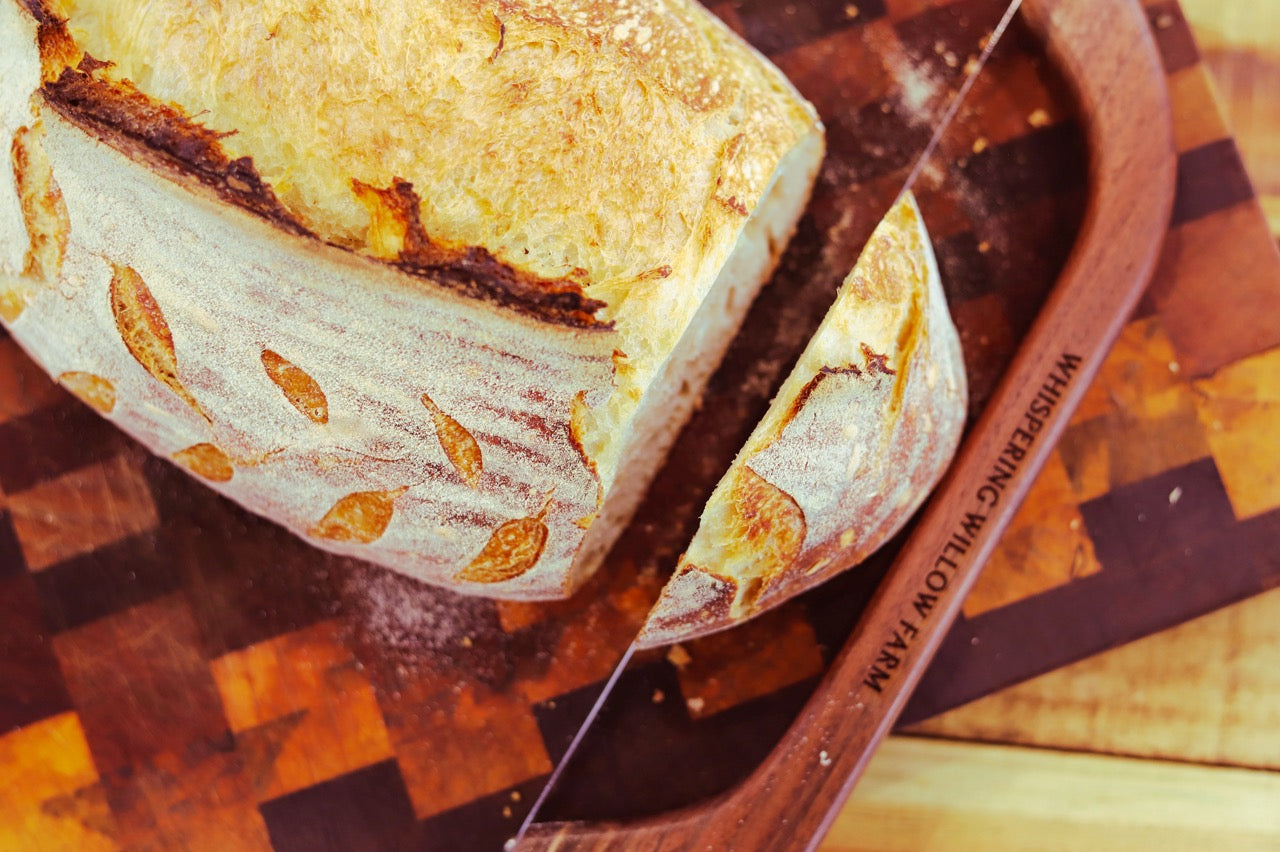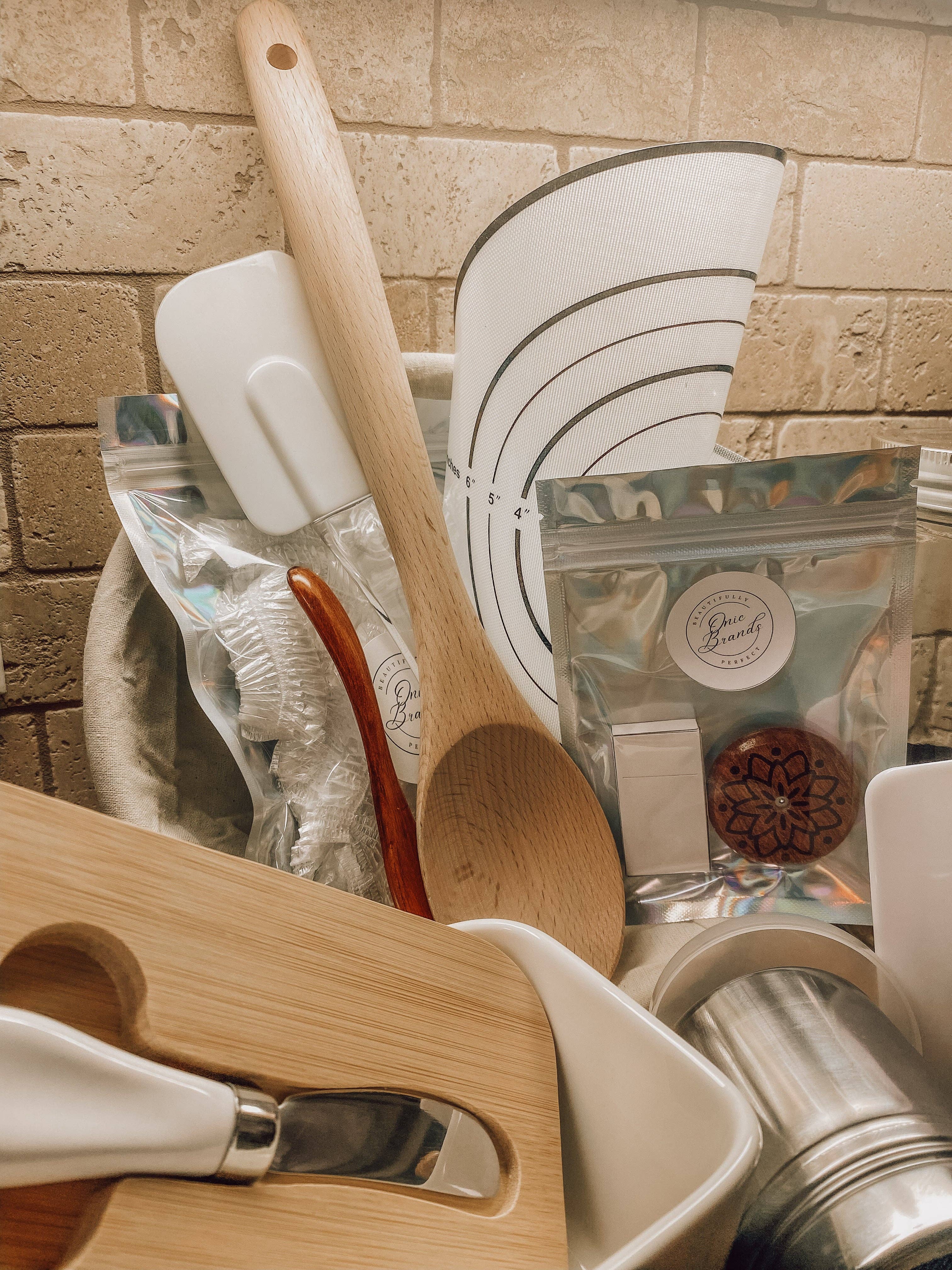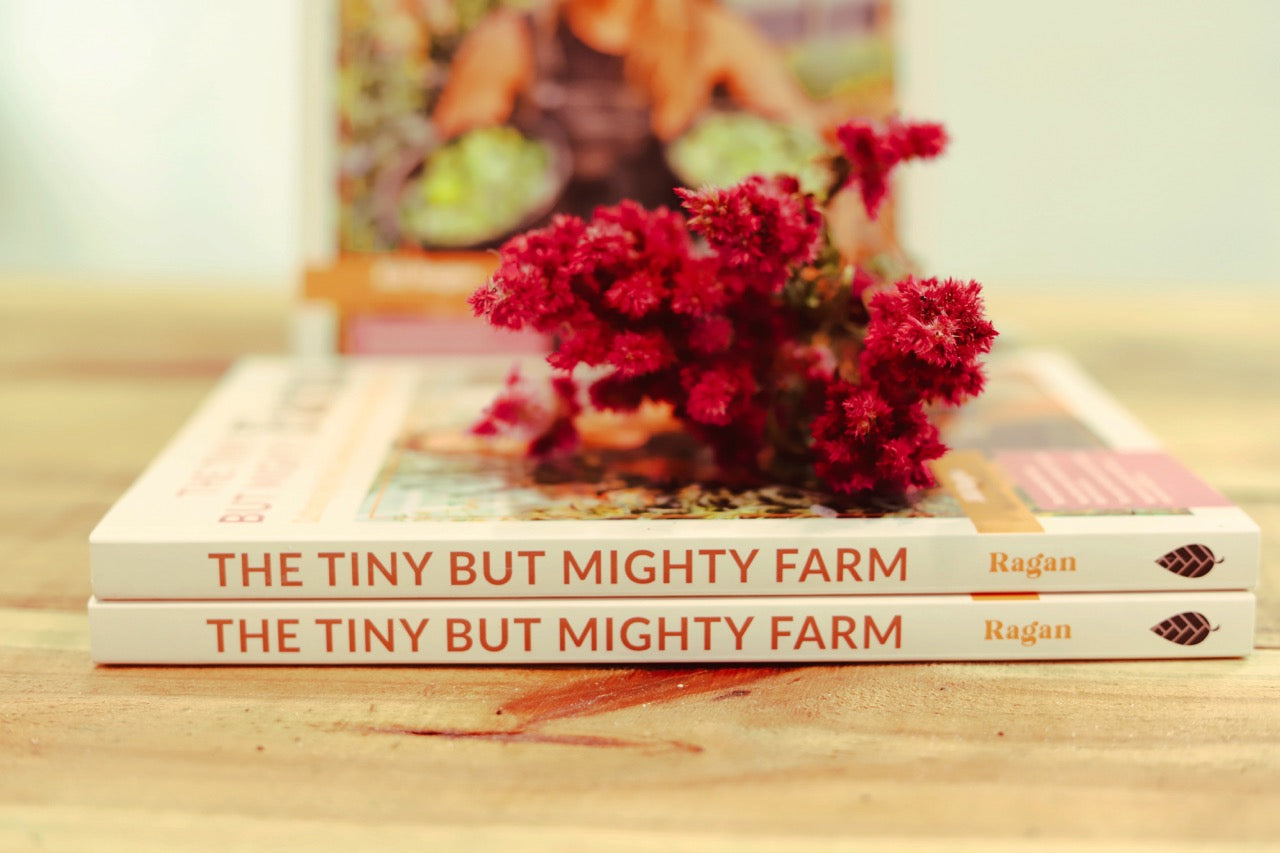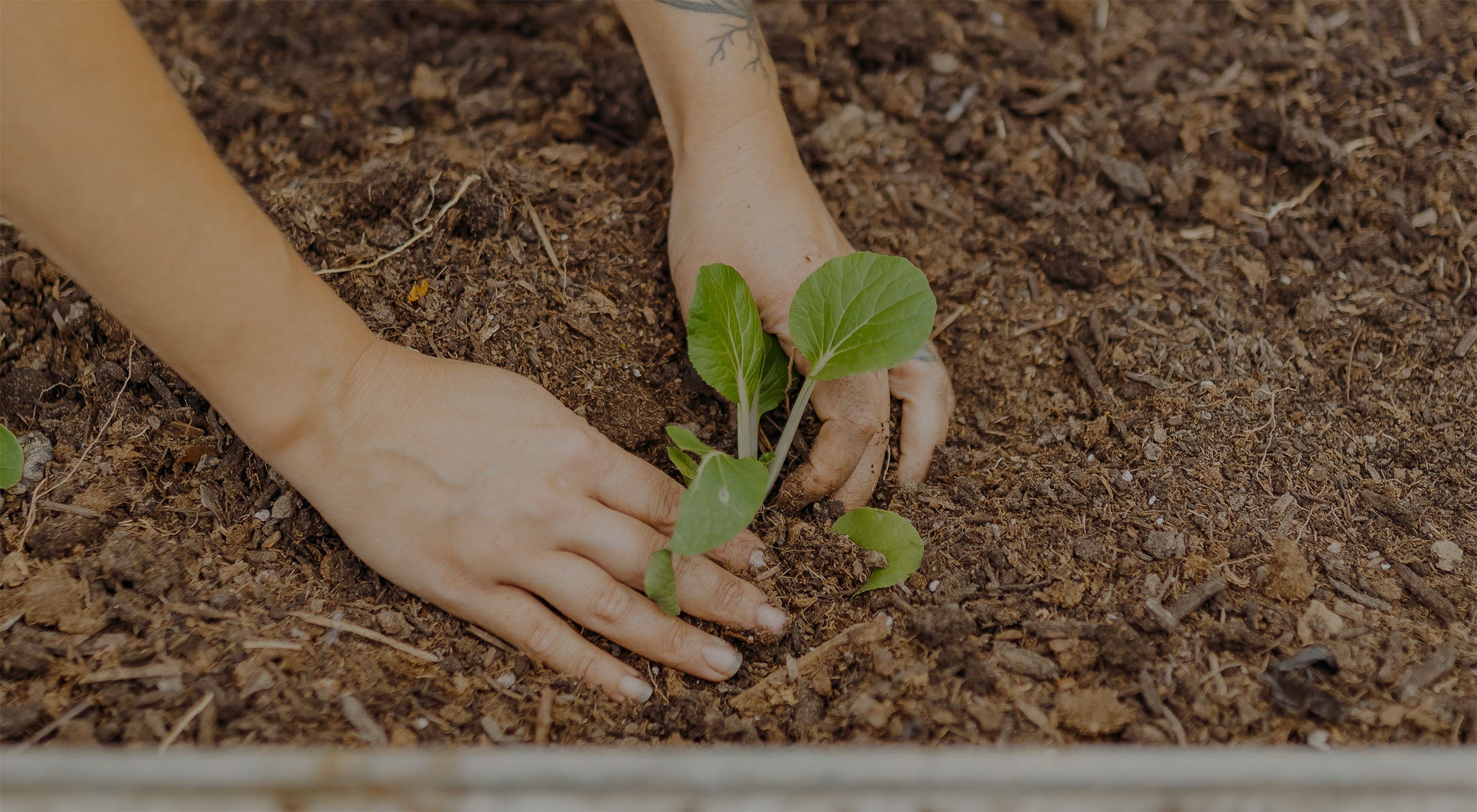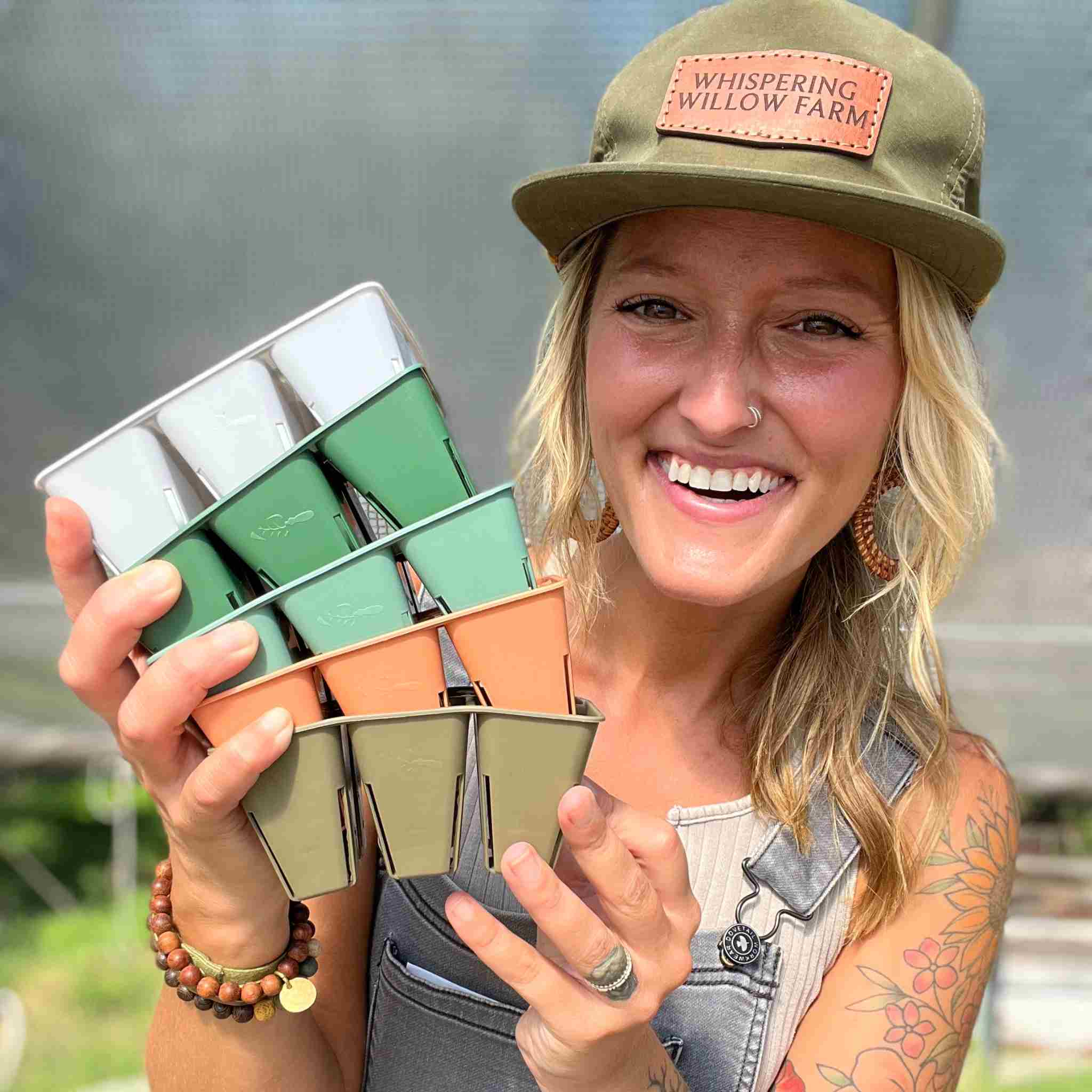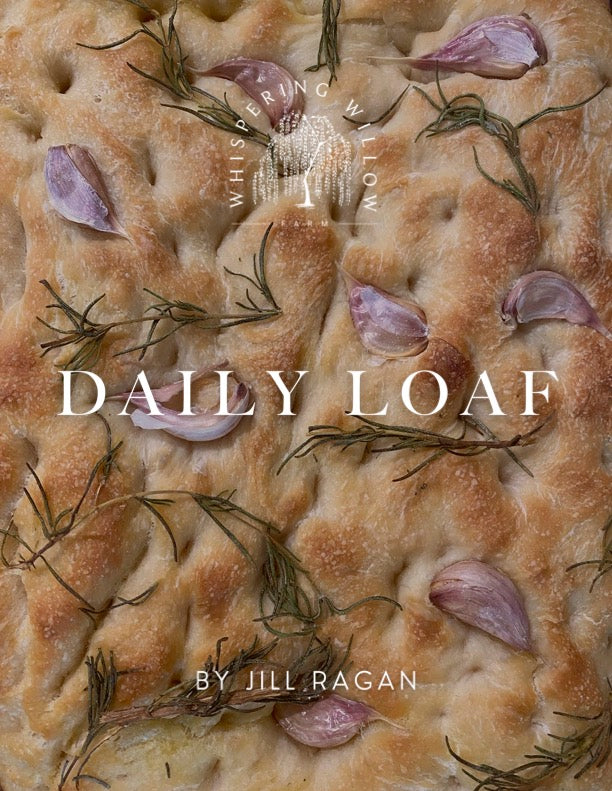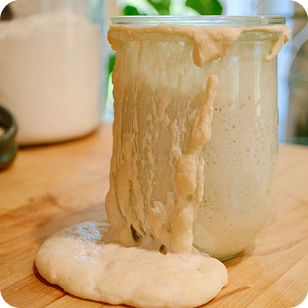Jill from Whispering Willow Farm here, and today I'm thrilled to share with you the game-changing seed sorting system that has transformed my seed starting endeavors into a seamless and successful operation. Seed starting can be a daunting task, filled with uncertainties about timing, quantities, and necessary supplies. With this system, I've eliminated the guesswork and streamlined the process for guaranteed success. So, let's dive into the details of this tried-and-true system that has proven its worth over several fruitful seasons.

Preparation Essentials:
Before we explore the intricacies of this efficient system, a couple of preliminary steps are crucial. Firstly, familiarize yourself with your estimated last frost date – a quick Google search can provide this information based on your ZIP code or city. Secondly, ensure you've ordered all your seeds for the upcoming season. Additionally, gather a pen, Post-it notes, and rubber bands. While not mandatory, a dry erase board and an Excel spreadsheet can be useful for quick reference and detailed record-keeping.
Organizing Your Seed Packets:
Now, the real work begins. Group your seeds by varieties – tomatoes, peppers, cucumbers, zinnias, herbs, and more. Once grouped, dive into the details of each seed packet, noting the recommended indoor start date. Be generous with your calculations; if a packet suggests eight to ten weeks, opt for the longer duration to accommodate unexpected variables. Attach a Post-it note with the starting date and gather these packets into clear photo containers for easy access.

Creating Your Seed Starting Calendar:
With seed packets grouped and organized, it's time to create your seed starting calendar. Using your estimated last frost date, count back the recommended weeks for each variety, marking the Fridays (or your chosen seeding day) on a calendar. This establishes a clear schedule for the entire seed starting season.
Color Coordination and Categorization:
To enhance clarity, color-coordinate your seed starting calendar. Assign specific colors to different categories – purple for herbs and flowers, red for vegetables, and blue for plants designated for sale. This color-coded system allows for quick identification and differentiation.
The Seed Starting Dry Erase Board:
Take this schedule to the next level by transferring it onto a glass dry erase board, categorized by crop, seeding date, size of containers, quantity, and planting location. This board serves as your seed starting command center, providing a comprehensive overview of tasks, quantities, and essential details.

Benefits of the System:
The brilliance of this system lies in its elimination of guesswork. With a glance, you'll know exactly what needs to be done, when, and in what quantities. The color-coded categories streamline the process, ensuring a smooth seed starting journey. Therefore, this system accommodates flexibility – anyone can step in and follow the clear instructions, allowing for seamless collaboration or delegation.
Implementing a systematic approach to seed starting is the key to success in your garden. My foolproof seed sorting system has proven its effectiveness, providing clarity, organization, and ultimately, abundant harvests. Though the initial setup might take some time, the long-term benefits are immeasurable. So, invest a bit of effort now, reap the rewards season after season, and witness your garden flourish.

The Best Seed Starting System I've Ever Used (YouTube Video)

